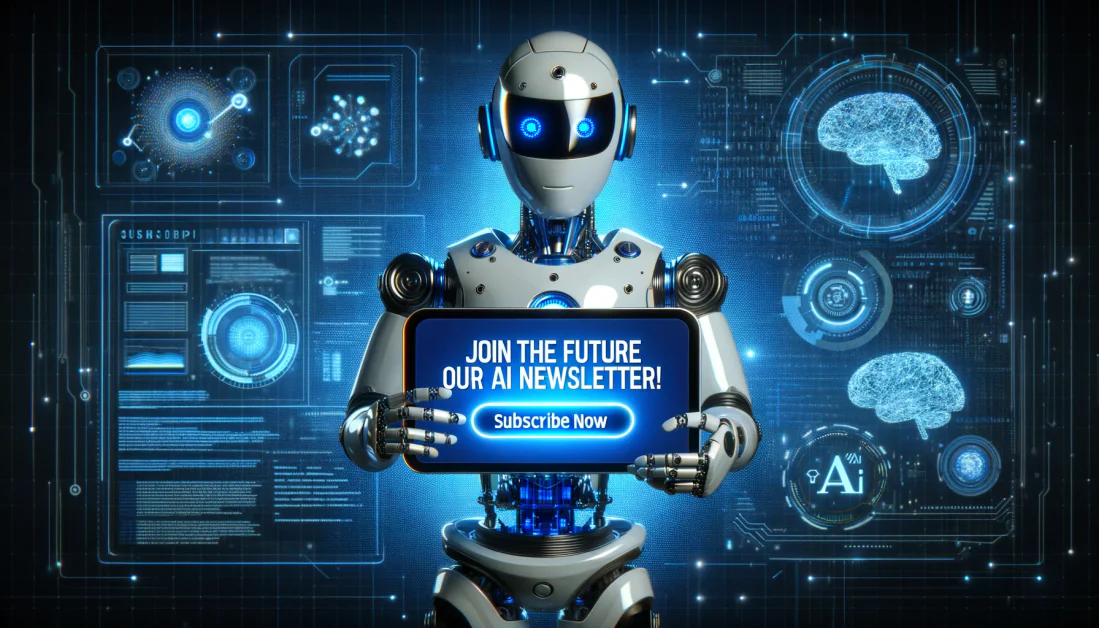UltiHash Launches Innovative Object Storage Platform for AI Data Storage
UltiHash, a leading provider of high-performance and eco-friendly data storage solutions, has introduced a cutting-edge object storage platform to address crucial challenges in AI data storage. This platform aims to tackle the rising issues in the AI industry related to infrastructure costs and environmental sustainability. By enhancing performance for data-heavy applications like generative AI and advanced analytics, UltiHash offers scalable and sustainable solutions for efficient data management.
Addressing the Growing Demand in the AI Industry
With the AI industry projected to reach $407 billion by 2027 according to Forbes, the need for advanced data storage solutions has escalated. Current storage infrastructure often struggles to handle the demands of AI model training, leading to inefficiency, high costs, and a significant environmental impact. UltiHash’s innovative platform is designed to alleviate these challenges by providing high-performance storage capabilities while reducing operational expenses and environmental footprint.
The Key Features of UltiHash’s Platform
- Advanced Deduplication: Reduces data volumes by up to 60% by eliminating redundant data at the byte level, thereby minimizing storage requirements and bandwidth usage.
- Scalability: Designed for organizations with rapidly expanding data needs, the platform easily scales to petabytes and beyond, supporting continuous data growth.
- Enhanced Performance: Offers 250% faster read speeds compared to AWS S3, improving data throughput for both read and write operations to support high-performance applications.
- Interoperability: Fully compatible with S3 APIs and seamlessly integrates with both cloud and on-premises infrastructures, including Kubernetes-native environments.
- Data Resiliency: Built-in erasure coding ensures data protection even during hardware failures, safeguarding against system disruptions.
These features establish UltiHash as a pivotal player in the AI data storage landscape, particularly for organizations implementing data lakehouse architectures. By combining the scalability of data lakes with the query efficiency of data warehouses, the platform supports diverse data formats while optimizing performance and resource utilization.
Expanding on Recent Success: $2.5M Pre-Seed Funding
Following a successful $2.5 million pre-seed funding round in December 2023 led by Inventure and other investors, UltiHash continues to enhance its platform and accelerate market entry. This initiative comes at a time when global digital data is projected to reach 175 zettabytes by 2025, presenting operational and environmental challenges that UltiHash’s platform aims to address by reducing storage demands while maintaining high performance.
A Future of Sustainable, High-Performance Storage Solutions
By implementing advanced deduplication to reduce stored data, UltiHash enables companies to scale their data operations sustainably. This technology addresses the critical balance between scalability and affordability, which has been a limiting factor for data-driven industries like AI, telecom, manufacturing, and automotive.
“The AI revolution is generating data at an unprecedented rate, and traditional storage solutions are struggling to keep pace,” says Tom Lüdersdorf, Co-Founder and CEO of UltiHash. “The future of storage will make it possible to avoid ballooning data costs without compromising on speed.”
As data continues to drive innovation in AI and beyond, UltiHash‘s platform is poised to revolutionize sustainable data growth. By focusing on reducing environmental impact and financial burdens associated with large-scale data storage, UltiHash is reshaping how organizations approach data infrastructure.
-
What is UltiHash’s Sustainable Data Infrastructure?
UltiHash’s Sustainable Data Infrastructure is a cutting-edge technology solution that addresses the challenges of storing large amounts of data required for AI applications. -
How does UltiHash’s Sustainable Data Infrastructure tackle AI storage challenges?
UltiHash’s Sustainable Data Infrastructure uses advanced algorithms and architecture to optimize data storage, making it more efficient and cost-effective for AI applications. -
What are the benefits of using UltiHash’s Sustainable Data Infrastructure for AI storage?
Some of the key benefits include reduced storage costs, increased performance and scalability, and improved sustainability by reducing energy consumption and carbon footprint. -
How does UltiHash’s Sustainable Data Infrastructure compare to traditional storage solutions for AI applications?
UltiHash’s Sustainable Data Infrastructure offers superior performance, scalability, and cost-efficiency compared to traditional storage solutions, making it an ideal choice for organizations looking to optimize their AI storage capabilities. - Is UltiHash’s Sustainable Data Infrastructure easy to integrate into existing AI systems?
Yes, UltiHash’s Sustainable Data Infrastructure is designed to be easily integrated into existing AI systems, allowing organizations to seamlessly upgrade their storage capabilities without disrupting their current operations.












